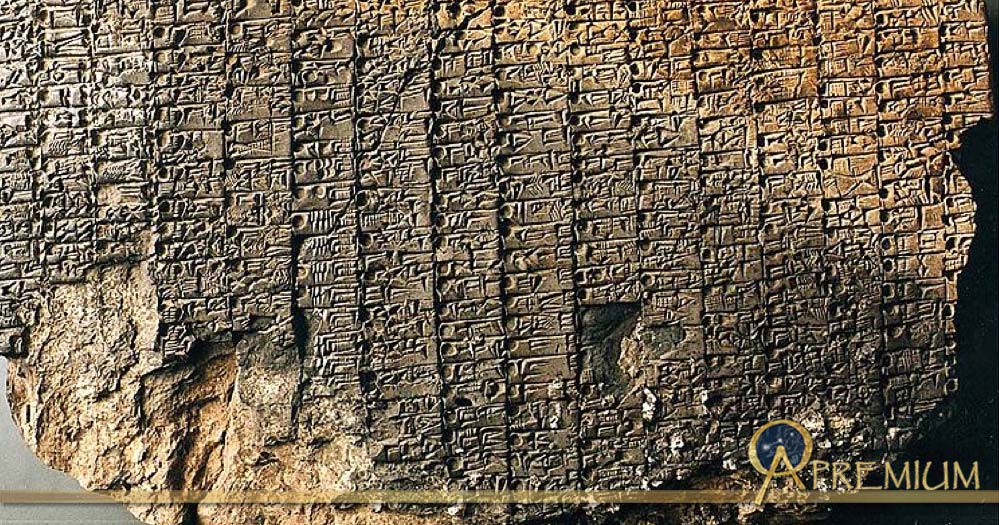Translating Archaic Sumerian Cuneiform: Pinpointing Eden, or Kharsag, Garden of the Gods
Translating cuneiform as a historical source is still nowhere near an exact science, and what we find amongst so many specialists is a reliance on interpretations of the latest Akkadian versions of cuneiform written around 1500 BC, which bear little resemblance to the original meanings and contexts used, when they were first written down, as much as 4,000 years earlier.

Map of Mesopotamia, showing ancient city-states of Sumer, including Nippur, Mari and Uruk, as well as present-day Lebanon. (CC BY-SA 3.0)
Origins of Cuneiform
Cuneiform was written with the wedge-shaped end of a reed, cutting into a wet clay tablet or cylinder, in many different shapes and styles for different purposes. It evolved over a long period of time under the direction of scribes in the Near East, Mesopotamia, the wider Fertile Crescent and the Indus Valley, spreading outwards with the subsequent migrations of these people to all corners of the world, including Britain well before 2,000 BC.

Evolution from the earliest Sumerian pictorial symbols to cuneiform show the early vertical pictures with associated sound, turned on their side and then drawn with wedge shaped lines on clay tablets or cylinders. (Image: Courtesy of author.)
In the image below, stage 1 shows the pictogram as it was drawn around 3000 BC. Stage 2 shows the rotated pictogram as written around 2800 BC. Stage 3 shows the abstracted glyph in archaic monumental inscriptions, from circa 4600 BC, and stage 4 is the sign as written in clay, contemporary to stage 3. Stage 5 represents the late third millennium, and stage 6 represents Old Assyrian ductus of the early second millennium, as adopted into Hittite. Stage 7 is the simplified sign as written by Assyrian scribes in the early first millennium, and until the script's extinction.

The cuneiform script underwent considerable changes over a period of more than two millennia. The image above shows the development of the sign SAG "head" (Borger nr. 184, U+12295). (Image: Courtesy of the author).
It was originally a simple spatial pictorial text intended for the use by the wide population, and should not be confused with the alefbeg or alphabet in the Phoenician Letters. This was described as the speedy (pen and ink) writing of Enoch and used strictly in-house by the Anannage administrators from the earliest times, until delivered to the Greeks by the Northern European Druids (people of the god, An) around 700 BC.
Like this Preview and want to read on? You can! JOIN US THERE ( with easy, instant access ) and see what you’re missing!! All Premium articles are available in full, with immediate access.
For the price of a cup of coffee, you get this and all the other great benefits at Ancient Origins Premium. And - each time you support AO Premium, you support independent thought and writing.
Edmund Marriage is the principal of the Patrick Foundation. His extensive historical research has revealed a single advanced, secular benevolent source for all religions. His Golden Age Project is inspired by the work of Christian and Barbara Joy O'Brien and promotes the recovery of past knowledge in order to resolve many of today's problems.
Top Image: List of Musical Instruments in Sumerian Cuneiform (Public Domain)


















